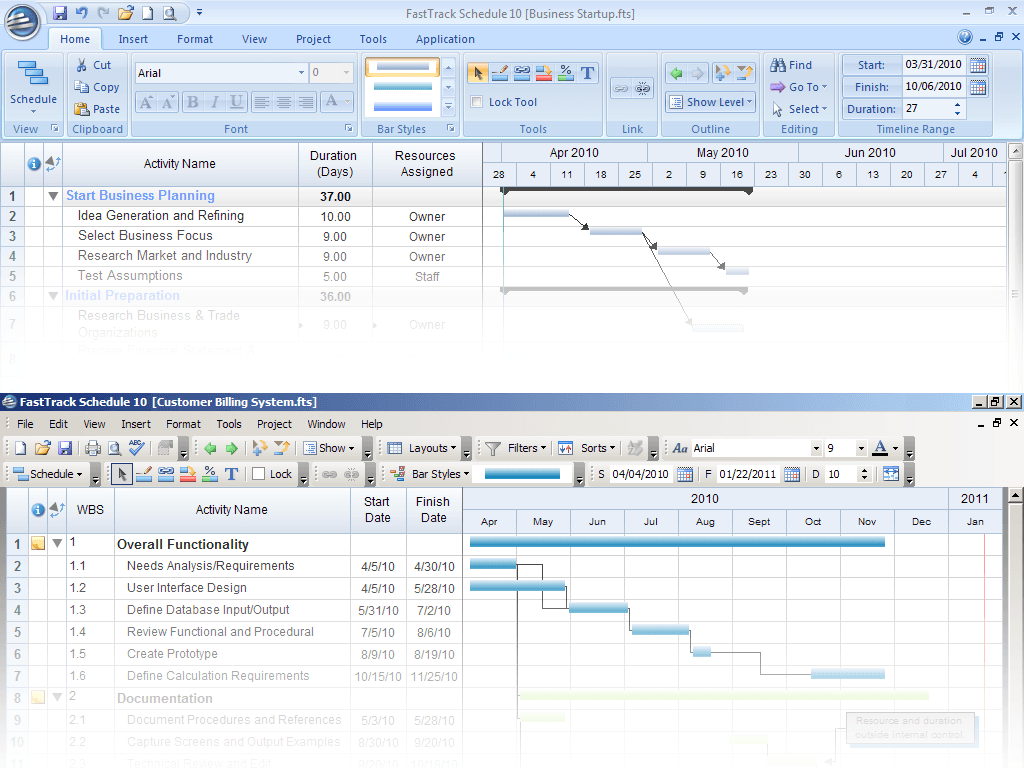

According to a CRB report that surveyed 150 leaders from the cell and gene therapy industry, process optimisation is the biggest challenge in scaling towards commercial manufacturing. This is especially true in novel areas of drug development, where new challenges in capital project delivery need innovative solutions, quickly. But a capital project’s success story is far bigger than its regulatory strategy-from early feasibility studies through process scale-up, these projects require a diverse and integrated team of highly skilled experts, and where they live shouldn’t matter. For example, developing a robust and quality-driven compliance strategy takes local regulatory experience. The best team is a hybrid team, combining the borderless specialisations needed to accelerate a project forward and the in-country expertise that will ensure a smooth launch. The industry must eradicate the notion of “elsewhere” altogether-that instead of considering borders when looking for project delivery solutions, drug developers consider skills, qualifications, and experience. Within the EU’s life sciences sector runs an abundant current of AEC experience and innovation. It’s never been easier to build a choice team of process architects, engineers, and technologists from around the world-and it’s never been more necessary to maintain a competitive position. For those working towards a new generation of commercial-scale therapeutics, success starts by finding the right partners at the right time. This perception is self-limiting, particularly in the era of Pharma 4.0, when organisational silos are giving way to seamless collaboration supported by advanced digital tools. In particular, the notion that working with a regional Architecture, Engineering and Construction (AEC) partner is the most effective way to balance cost, quality, and speed when developing the facilities to support the industry’s continuous growth. To keep up with this pace, the industry’s assumptions about capital project delivery must change. Change isn’t coming-it’s already here, and it’s transforming life science research in the EU. The European Commission recognised this momentum in its recent EU Pharmaceutical Strategy, which aims to drive further competitiveness and innovation in the industry. Cell and gene therapy innovators are particularly notable agents of change they raised $19.9 billion in 2020, exceeding 2019’s investment by more than 200%. Project owners in the life sciences industry are uniquely familiar with that old adage, “The only constant is change.” Facing the pressures of Covid-19 and ignited by new technologies and research advances, the industry has undergone immense transformation over the last eighteen months.


 0 kommentar(er)
0 kommentar(er)
